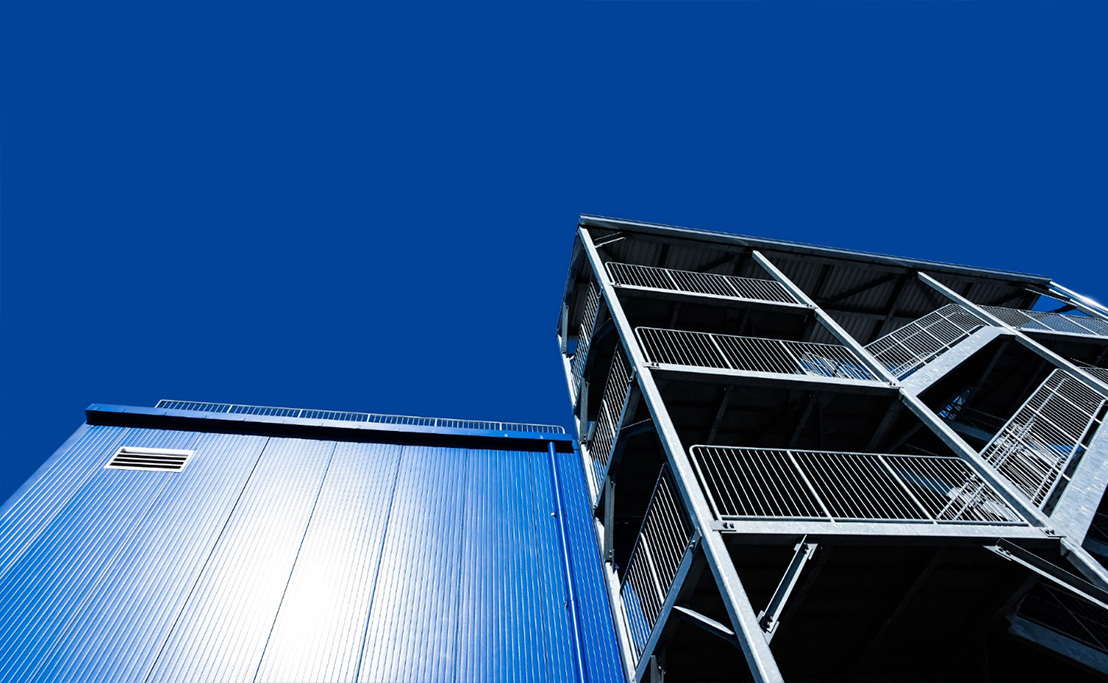
These companies account for a very large proportion of the metal market, although structural steelwork is only a small part of their work. Companies are generally small to medium-sized, and organized by department: administration, sales, purchasing, design, production, etc. Design and production can sometimes be grouped together in a single department. The detailing office and production may sometimes be grouped together in a single department, so the people who model are also those who produce in the workshop.
They fabricate small-scale buildings, urban or interior furniture, pots, windows and gates, industrial parts, locksmithing in a variety of forms, and special projects with a strong artistic and customized dimension. Standardization is practically non-existent.
These types of structures are made up of beams, angles, round and square tubes, flats and plates.
These companies produce projects that are fairly small in scale, but with high margins. The emphasis is on quality and know-how rather than volume. Optimizing throughput is not a crucial factor, although the need for CNC machines may be justified in some cases.
The link with the design office needs to be optimized, since projects are drawn up in CAD software that is not always specific to steel fabrication.
Secondly, metalworkers need to optimize their use of steel by methodically organizing their stock and purchasing management: ensuring that they have the stocks they need for the day's production, while making sure that these fixed assets don't cost them too much money or take up too much space on their production sites, which are often limited in available space.
In addition, processing (sawing, drilling, punching, milling, shearing, marking, scribing, etc.) can be carried out manually or on CNC machines. It is not a crucial element in their profitability.
Tack welding, welding or painting stations are the most crucial to optimize. Assemblies are unique, complex and artisanal, and require a high level of skill on the part of assemblers and welders. These workstations need to be equipped with digital tools that can visualize the work to be carried out in 3D, making it easier to understand before fabrication.